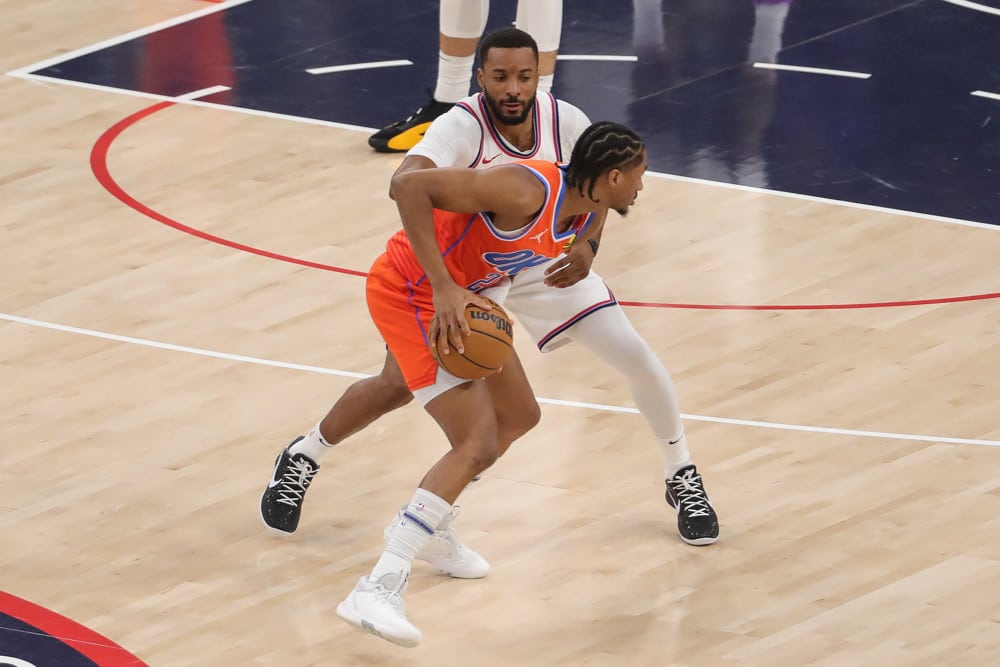Travel
You probably forgot about this Google tool. Here’s how travelers can best use it
How to use Google Lens on your phone
Make your life easier by using Google Lens to identify photos.
Problem Solved
Get more news like this delivered to your inbox by signing up for our Travel newsletter here.
NEW YORK ― Central Park is one of the most popular tourist attractions in New York City, but a simple stroll down its winding paths could leave travelers with many questions. Who made that statue? What’s the name of this bridge? When was it built? How do I rent a boat to row on the pond?
Travelers often use their phones as a go-to resource to answer questions like this, and Google said it’s been working on honing its Lens visual search tool to be an even stronger resource for travelers.
“As the computer vision technology got better, this was a really great way to meet this unmet need of helping people search what’s around them with a camera or an image,” Jenny Blair, a senior product manager on Google Lens, explained during a demonstration tour USA TODAY attended earlier this summer in Central Park.
And while Lens is increasingly relying on AI to hone its answers and recommendations, Blair said Google doesn’t see it as a replacement for human tour guides in a destination, because the Lens-generated recommendations are very high-level.
“The way we think about it is very much like: you have certain questions and here you can get those questions answered in a quick and easy way, but a tour guide has institutional knowledge about the place,” she said. “They’re going to have answers to things you wouldn’t even think about asking, so we really do feel like that domain expertise, Google’s not going to have about a place, but we can really help you answer the questions that you have as you go exploring on your own.”
The AI-generated results also aren’t always accurate. During the tour in Central Park, USA TODAY’s reporter used Lens to take a picture of the carousel and ask how much it cost to ride. The AI summary provided mixed and inaccurate pricing info. Ultimately, the correct price – $4 – was determined by checking the sign at the ticket booth.
But Lens is still useful to help orient travelers, especially in a new destination, even if it’s not quite ready to be the all-in-one go-to tool for everyone just yet.
Lens can also provide real-time augmented reality translations of foreign languages. Just point your camera at text in another language, and it will automatically be transformed to the available language of your choice on your phone.
Lens also can help travelers with augmented reality directions. As an overlay in street view, it can, for example, show which direction you need to turn as you come out of the subway to walk in the right direction toward your destination.
Lens is available on the Google app for both Android and iOS. Google said its translation tool is also enabled on the Google Translate app.
Cruising Altitude: Why some think airlines should limit alcohol servings.
Three ways travelers can use Lens
- Translate text in a foreign language like menus or street signs.
- Orient themselves in an unfamiliar city with augmented reality directions. No more making the wrong turn at an intersection.
- Combine picture and text search for info if you’re not sure what you’re looking at.
Zach Wichter is a travel reporter for USA TODAY based in New York. You can reach him at zwichter@usatoday.com.









